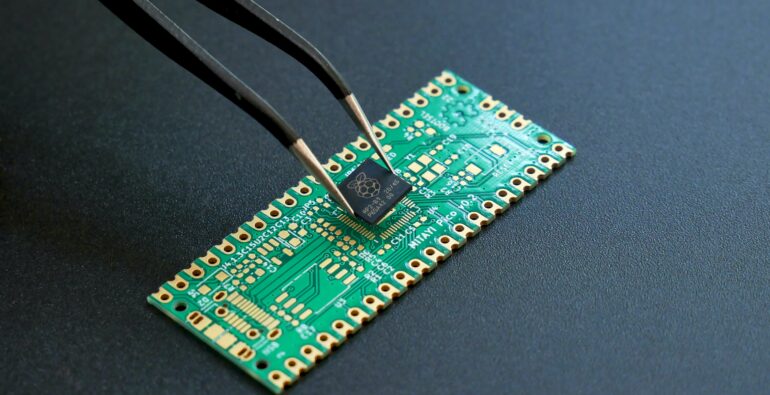.jpg)
Humanoid robots: a new technological horizon in 2025
Thousands of humanoid robots will begin operating in factories, homes and warehouses by 2025
The development of humanoid robots is poised to transform key sectors such as manufacturing, logistics and even home life.
According to an analysis published in New Scientist , thousands of these humanoid machines are expected to begin operating in factories, warehouses and homes by 2025 , thanks to significant advances in artificial intelligence and robotic design.
However, the question of whether this technology can be sustained in the long term remains a challenge facing the industry.
Unlike traditional industrial robots, which are limited to performing repetitive tasks on assembly lines or moving around warehouses on wheels, humanoid robots are designed to operate in spaces designed for humans .
With two arms and legs, these robots could integrate more naturally into offices, factories and homes.
However, for these devices to operate efficiently in unpredictable environments, the development of advanced artificial intelligence models is crucial.
According to Ed Colgate , a researcher at Northwestern University, the tech sector is full of optimism , driven by advances in generative AI like ChatGPT , which could underpin the cognitive systems needed for humanoids.
Pioneering projects
In the United States , startups and tech giants are aggressively investing in the development of humanoid robots.
Figure , a company backed by OpenAI, Microsoft and Nvidia, has tested its robots in BMW factories and plans to begin mass deployment in 2025.
Another notable firm is Apptronik , which has developed the Apollo robot , currently in testing with Mercedes-Benz, with plans to market it by the end of 2025.
For its part, Tesla , under the direction of Elon Musk , plans to begin internal production of its Optimus robot before the end of 2024.
In China , the government has declared 2025 as the year of robotic innovation, encouraging numerous companies to compete in this field.
Shanghai-based Fourier has already delivered more than 100 of its GR-1 robots to factories and research institutions and is preparing to launch the GR-2 , a more advanced model with more diverse applications.
Expansion in warehouses and homes
Automation won't be limited to factories. Companies like Agility Robotics in Oregon are bringing humanoid robots into warehouses.
Its Digit robot has been tested at Amazon facilities, and the company has the capacity to produce up to 10,000 units per year by 2025.
In the domestic sphere, the American-Norwegian company 1X Robotics is developing the NEO robot , designed to carry out organisation and cleaning tasks in homes, with plans to begin pilot tests in the same year.
The pending challenges
Despite promising applications, humanoid robots face significant challenges . One of the main ones is cost .
According to Chris Atkeson , a researcher at Carnegie Mellon University, replacing human workers with humanoid robots remains economically unviable in many cases.
In his view, the most practical applications of humanoid robots could be found in specific areas, such as personal care and companionship, where their anthropomorphic form gives them functional advantages .
Leave a comment:


Tranding News










